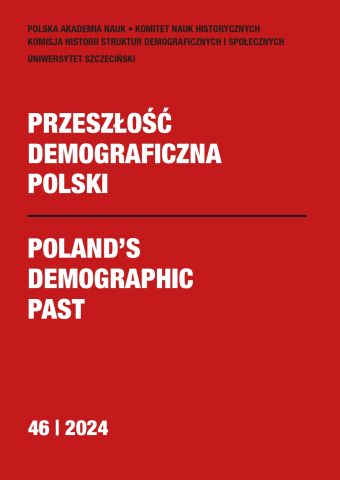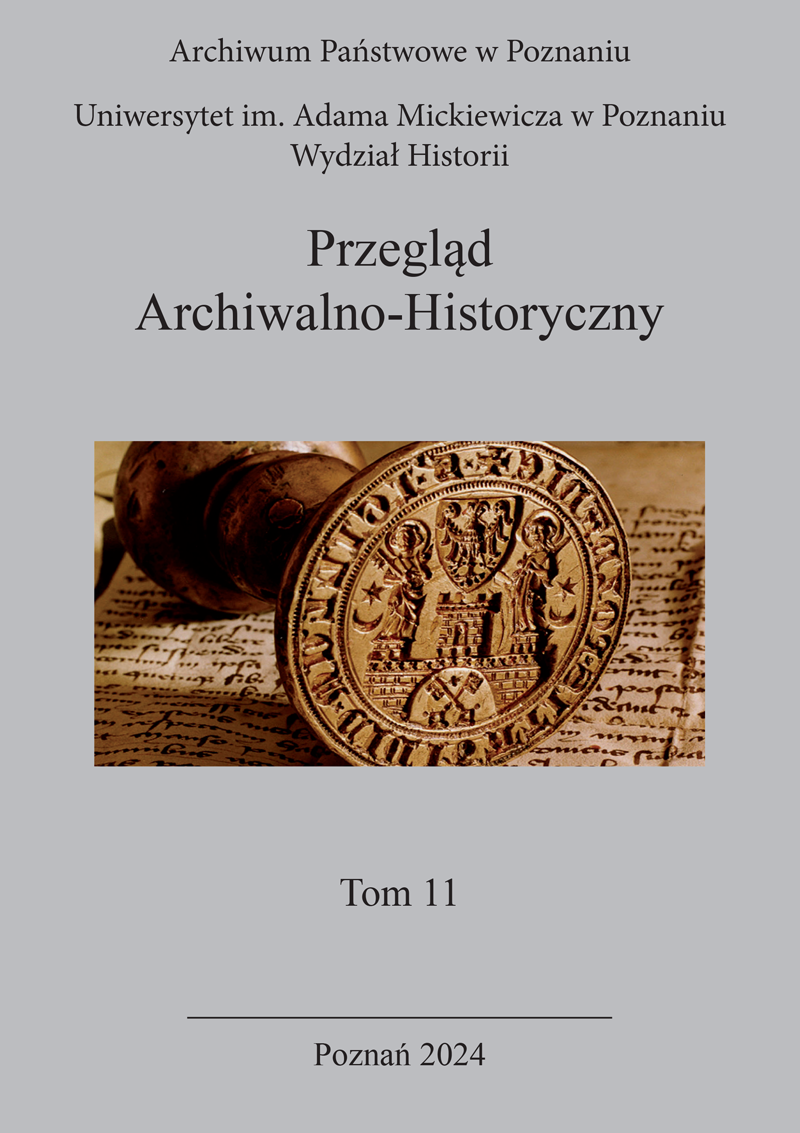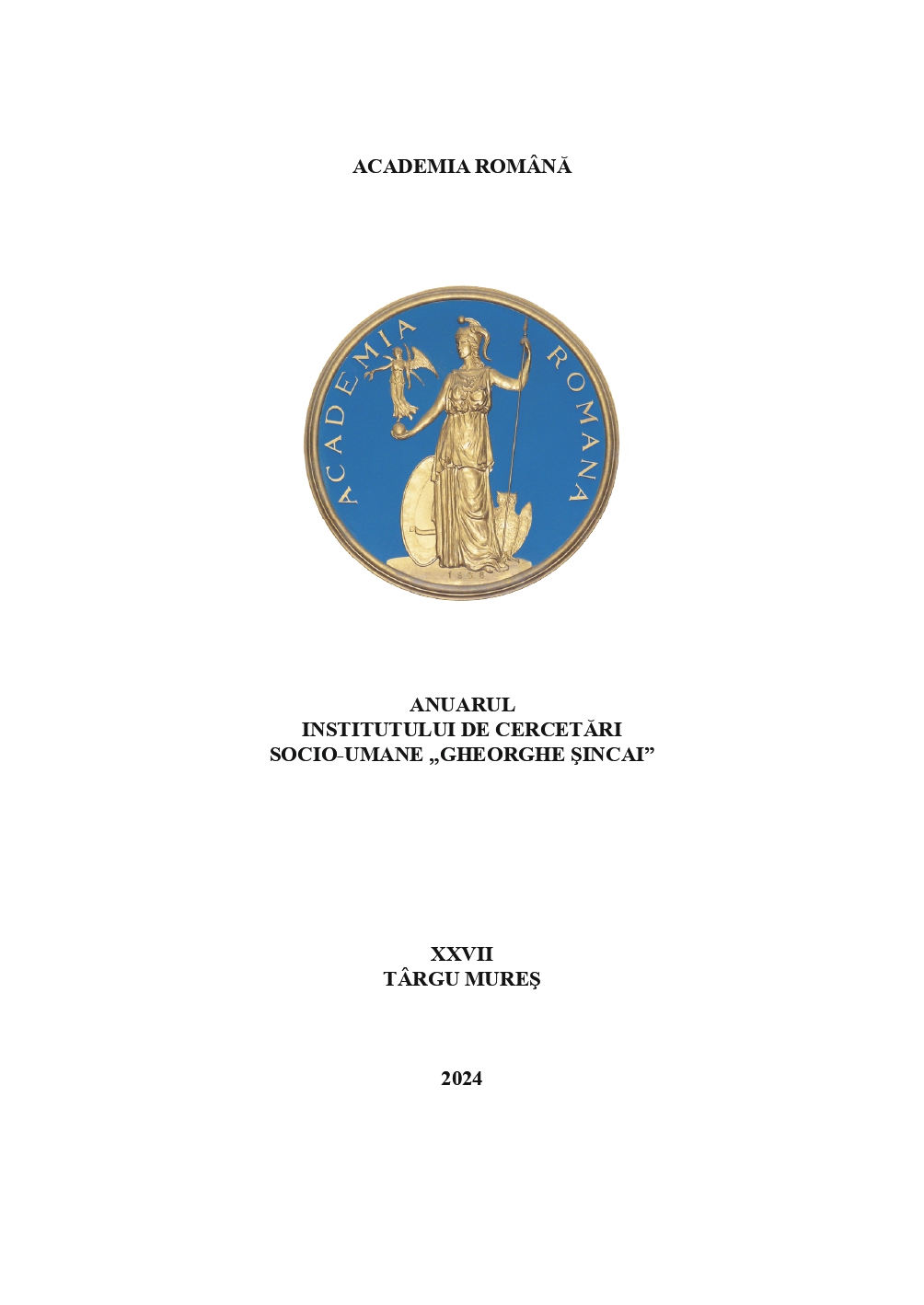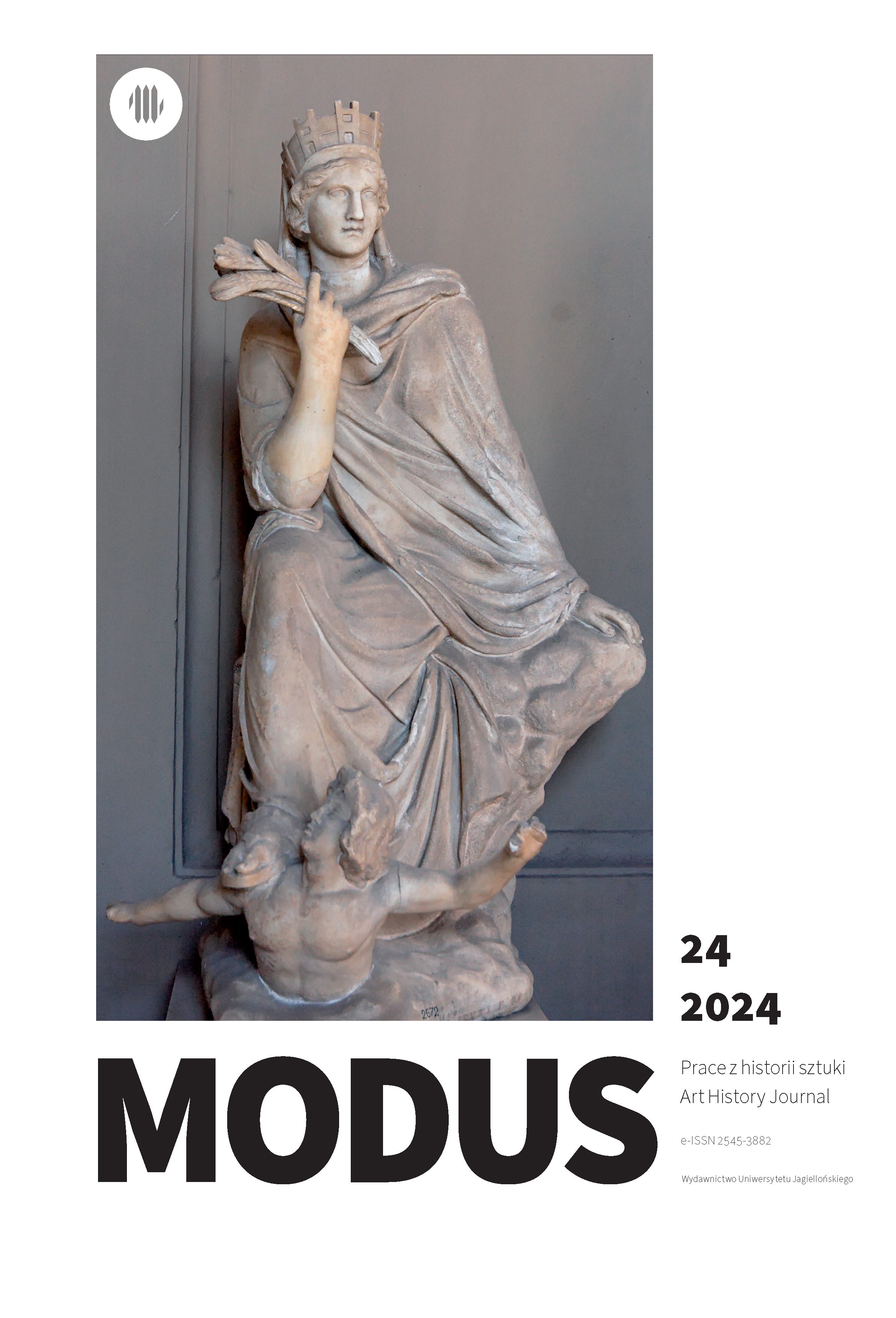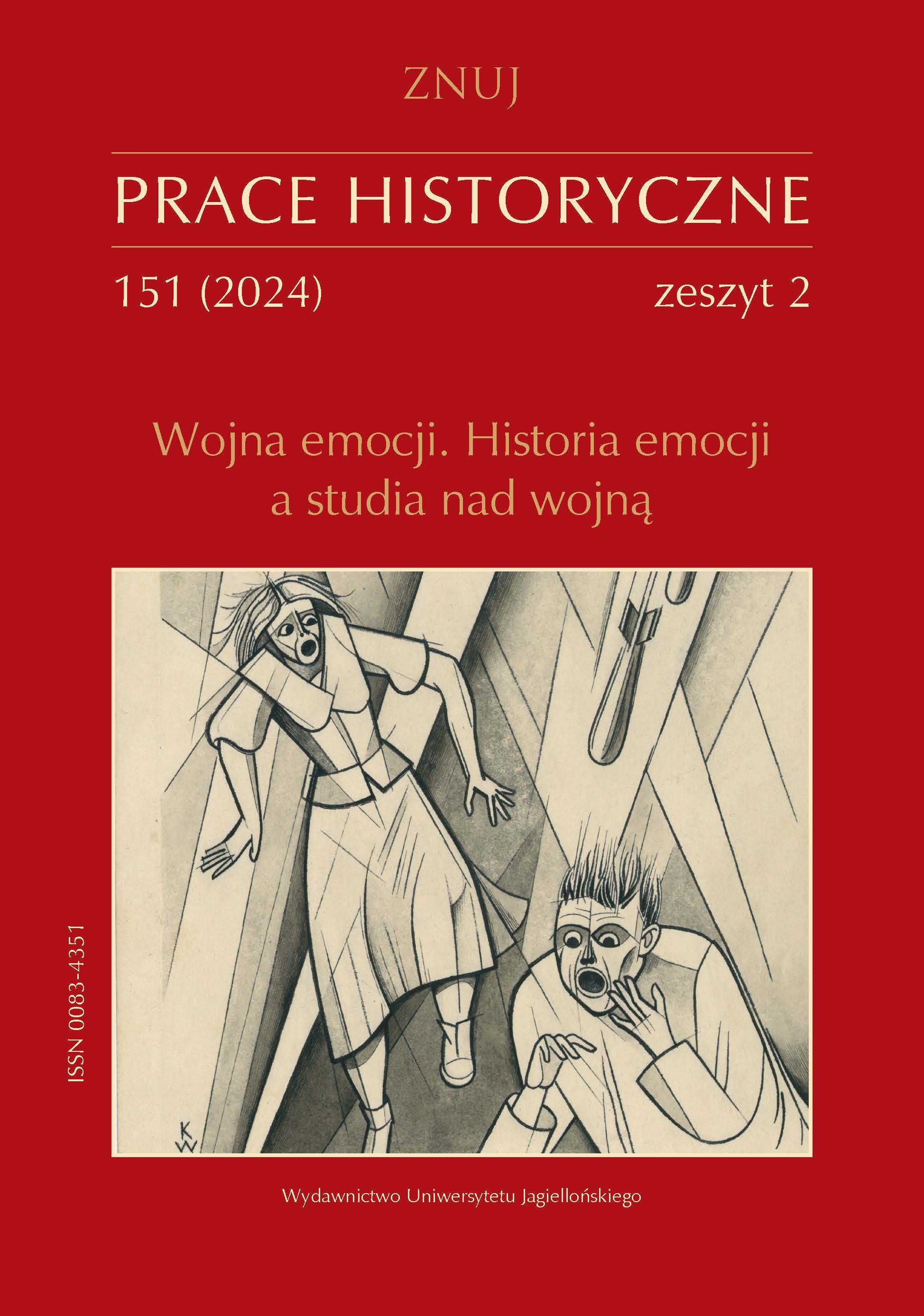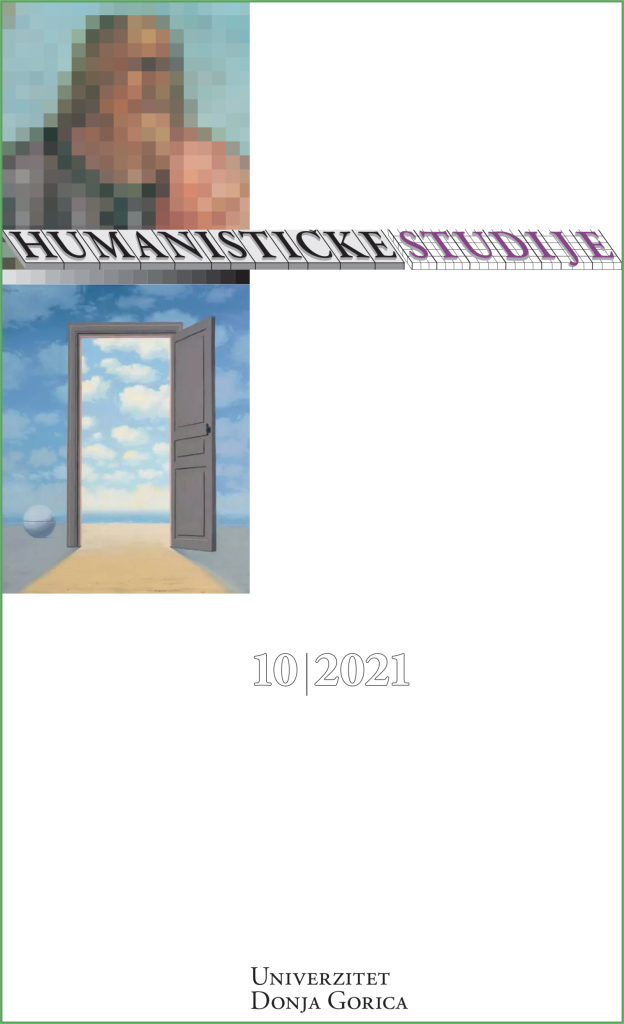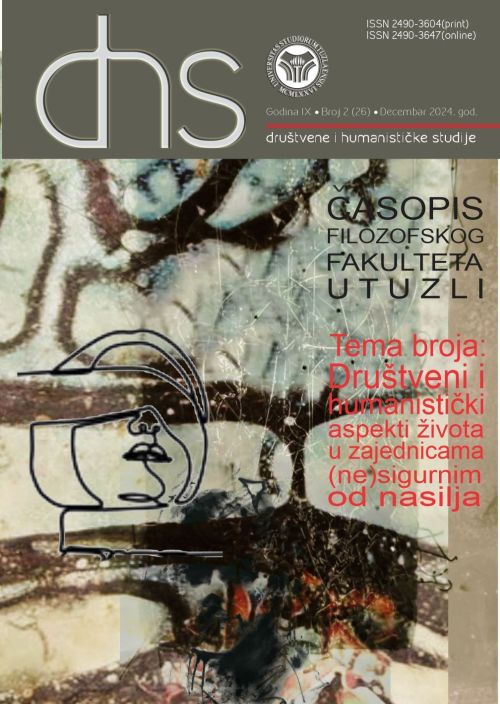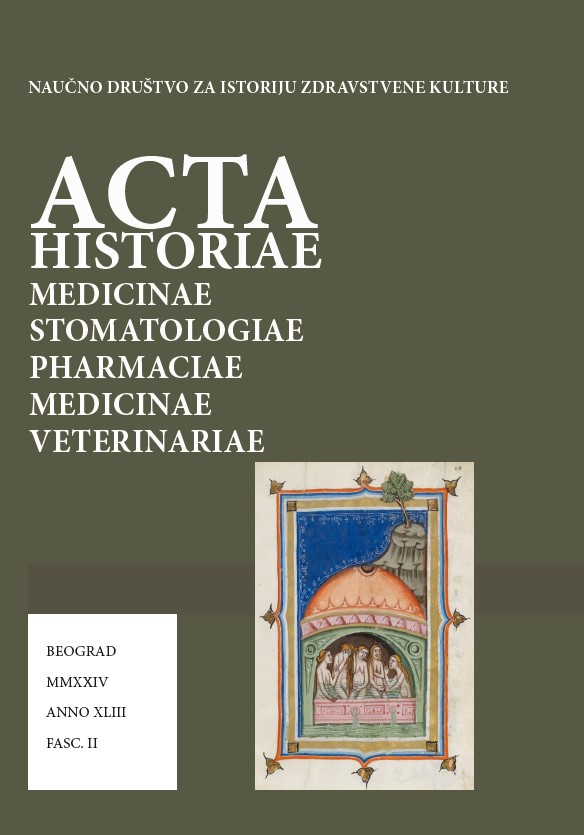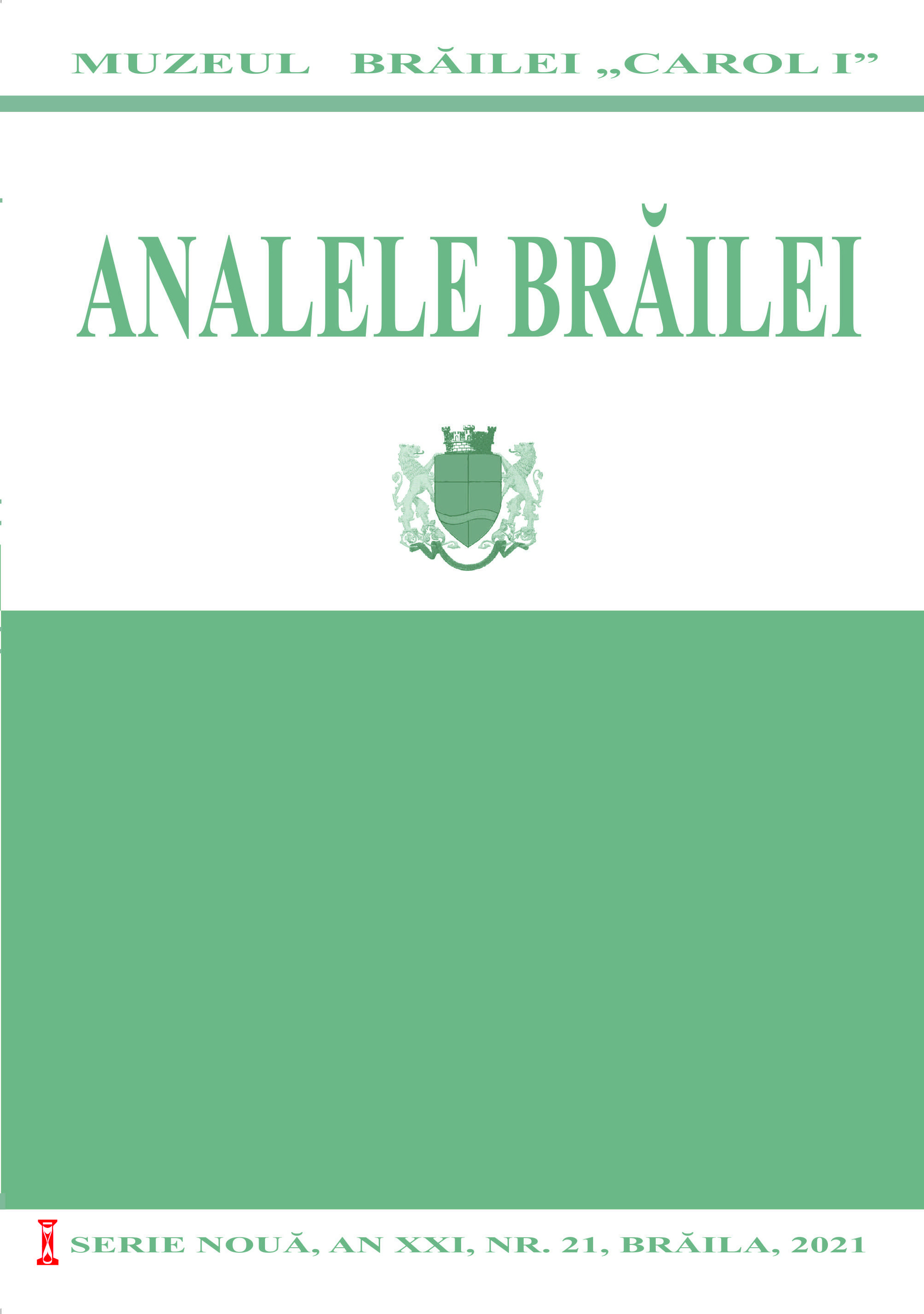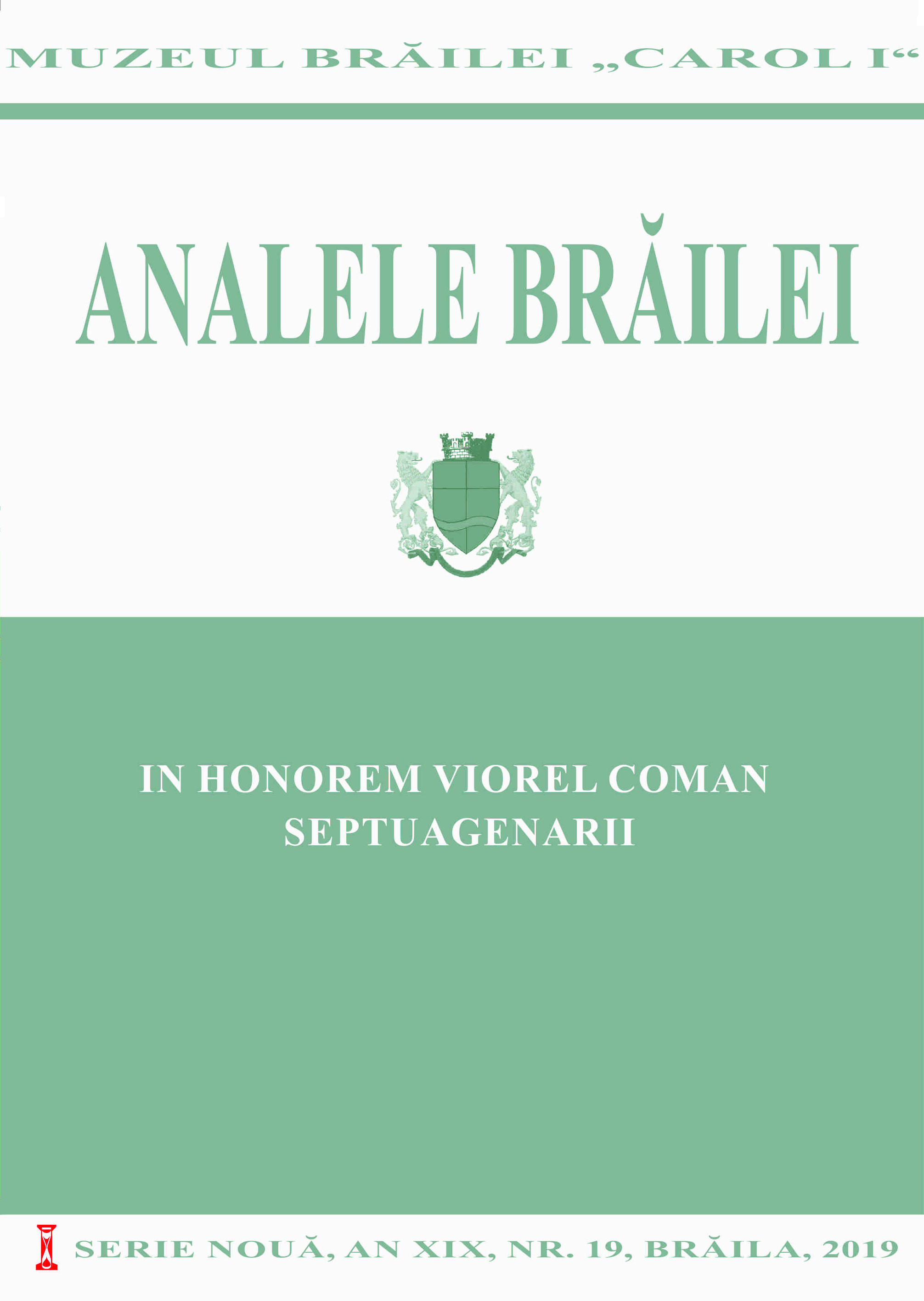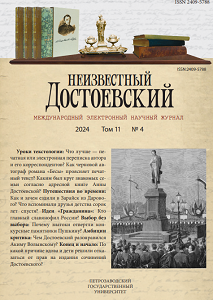Author(s): Ferencz Iozsef Truţa / Language(s): Romanian
Issue: 27/2024
Few people know that dietary trends and concerns such as physical exercise, intermittent fasting, longevity, etc., are not modern phenomena. In fact, if we browse the newspapers from the interwar period, we discover that one of the sources of veganism, intermittent fasting, and strength training is right in Transylvania, in Făgăraș, where the first vegan sect in Europe was born in the 1920s. We call it a sect because the movement born around a tax collector named Bicsérdy Béla had all the necessary “ingredients”: its own God, prophet/leader, dogmas, and, according to some sources, over 120,000 followers.About Bicsérdy Béla and his movement, thousands of articles were written during his lifetime, placing him among the great figures, among the “celebrities” of the time. It is particularly captivating how, in a very short time, Bicsérdy’s elitist movement, which preached the possibility of the birth of a new, greatly improved “race” of humans through certain practices reserved for the “illuminated,” managed to convince important personalities from interwar Transylvania and beyond.This research topic continues my studies dedicated to hygiene and health policies from the interwar period, motivated by the lack of an exhaustive work on this topic in Romanian historiography. The subject will be approached from an interdisciplinary and transdisciplinary perspective. This approach is necessary because, in essence, Bicsérdyism combined in a unique mysticism: Hinduism, Mazdaism, and Christianity. Mysticism to which are added teachings from Tolstoy, Nietzsche, Lucretius, and Onomacritus; Darwinian evolutionism; cosmogony and cosmology; psychology; paideia and a set of clear rules regarding nutrition and physical exercise. All these with the ultimate goal of “defeating” death. As a final remark, this article will delve into the biography of the self-proclaimed „Master”, exploring the nuances of his life and the impact of his teachings. We will examine the events that shaped his journey, the philosophies he championed, and the legacy he left behind. Through a detailed and comprehensive analysis, this article aims to provide a deeper understanding of the man behind the movement, offering insights into his personal struggles, triumphs, and the broader socio-cultural context in which he operated. This exploration will shed light on the enduring relevance of his ideas and their influence on contemporary thought in health and lifestyle practices.
More...

